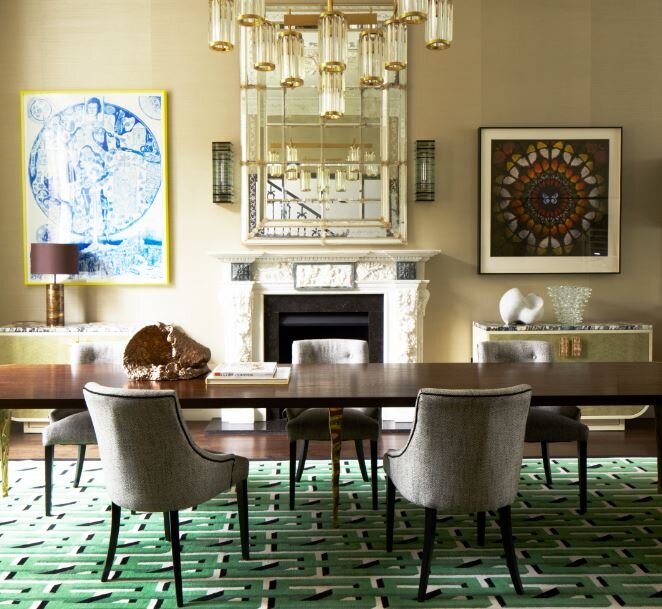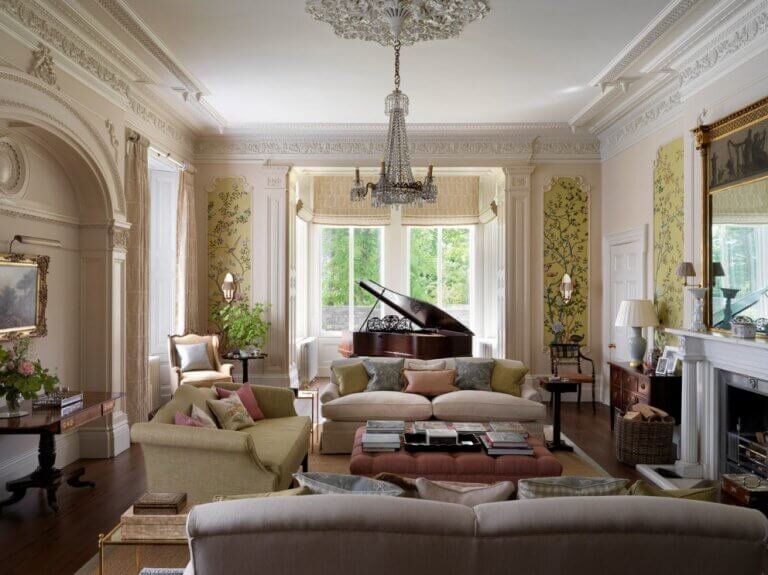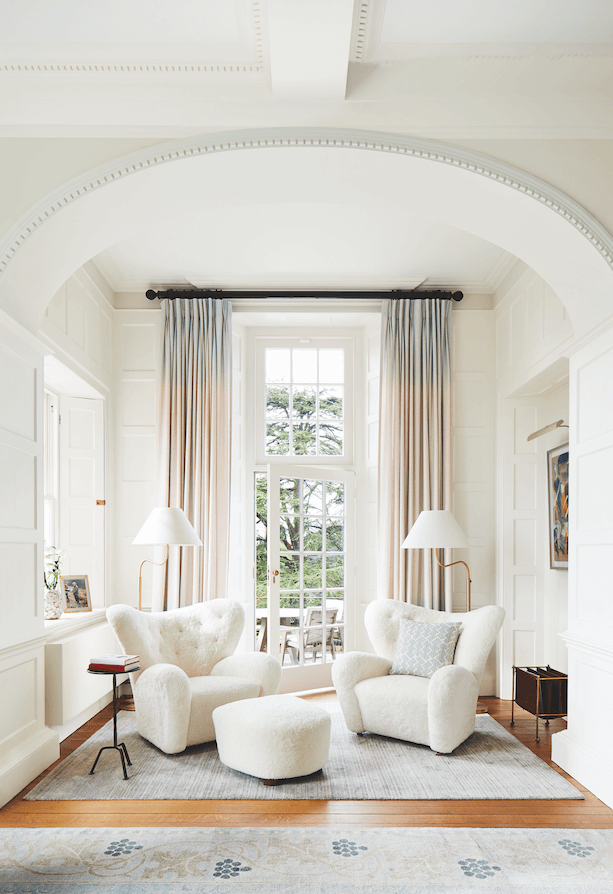Redbook Agency Insight: How to choose your interior designer? It’s trickier than it sounds.
Sandy Mitchell, Founding Director of the RedBook Agency, shares with The LPF
some of the common pitfalls of choosing the wrong interior designer
Choosing an interior designer sounds so easy and straightforward. You find some photos of their work, you like it, and you hire them. Bingo!
Any homeowner who has started a substantial interior-design project knows, though, it is far trickier to choose than it sounds. And getting the exactly right interior designer is critical, not only to avoid harsh disappointment but to avoid runaway costs on a building project.
This challenge is not made easier by the sheer numbers of interior designers out there. Perhaps over a 100,000 ‘interior designers’ offer their services in the UK. No one knows just how many because, unlike architects, they do not have to register with any professional body. G And like any service that is entirely unregulated there are shades of quality in the work of interior designers.
So how do people choose their interior designer? Ask a friend? Google or read interiors magazines? This approach can work…. But it is also fraught with risk. Because neither asking a friend nor any amount of Googling nor reading of magazines will reveal much, if anything, about an interior designers’ real suitability for your project. Here are just a few of the key questions that go unanswered:
How do the designer’s fees compare to market rates. Do you understand their mark ups?
Is the designer’s team robust enough to deliver your project? Do they have the right technical capabilities
Are they the right designer for you in terms of personal chemistry or taste?
This is why RedBook takes a hard and close analytical look at the requirements of each client’s project, and strives to deeply understand the client personally—so difficult for a client to do for themselves—when advising on the optimal interior designers.
Our detailed, analytical process involves identifying 20 or more criteria against which we compare a range of interior designers’ suitability, before we put together a ‘beauty parade’ of ideal candidates for the client. And we are always meeting our partners to assess their finished projects to ensure we work only the best designers across a huge range of styles and capacities.
What then are the most common pitfalls for homeowners when choosing an interior designer without any professional help?
Budget
Each interior-design practice has its own comfort zone when it comes to clients’ budgets. If your budget is smaller than the designer’s typical one, you are liable to find items or ideas being suggested for your project by the designer that look too expensive or bust your budget. Frustration quickly sets in on both sides.
Cost
The fees and charges of interior designers vary extraordinarily. In RedBook’s long experience, almost every designer has their own way of charging. This makes it extremely hard for you to compare the cost of using one designer against another. Having the trust that your designer is charging you fairly and accurately is vital, and all too easily eroded. This is where RedBook’s detailed fee analysis and cost benchmarking is invaluable to every project.
Size
It is very hard for you to know whether the designer you are thinking of using is the right size for your project. Why does size matter? Because a big project, perhaps involving building a large new house or the refurbishment of a historic listed property, demands huge bandwidth for a designer to process all the decisions and information that architects and builders need promptly. Only a design studio of a certain size, and with great software systems, can provide this. Yet, if the design studio is too big for a client and their project, there is equally the risk that the head of the studio will pass the work to a junior—and the client is left unattended by the talented figurehead they most wanted to work with. A small project is also liable to be given a low priority in a big studio when there are competing deadlines to produce information for larger projects.
Gaps
The very words ‘interior designer’ are vague and flexible. At one end of the scale, they can describe someone who specialises only in ‘cushions and ribbons’, as one veteran and multi-faceted designer dismissively puts it. At the other end of the scale, some designers will create be able to produce all the minutely accurate technical drawings required to produce exceptional joinery, for instance, as well as specialise in space planning to a level at least comparable with great architects. The real danger comes when a client appoints an interior designer without realising their skill set does not cover the job. And if there is an architect also working on the project then dangerous gaps – or overlaps – in their work can arise.
In the end, it is unsurprising that when a client has a successful relationship with an interior designer they speak in passionate terms: ‘I absolutely adore him/her,’ clients often enthuse. This is because the relationship is highly personal. The designer must understand intimately how a client really lives, as well as intuit and (sometimes challenge) their dreams. So, making the perfect choice is as life-enhancing and fulfilling as getting it wrong is painful and costly.
RedBook’s long record of introducing exactly the right designer to each client for projects in London, the country and abroad is exemplary, and has ensured our clients avoided all these risks. ‘Without your help, we would have been in real trouble,’ as one happy client testified recently.
GET IN TOUCH
We are ready to help de-risk your project. Book an initial consultation with a RedBook director:
https://redbookagency.com/contact/




